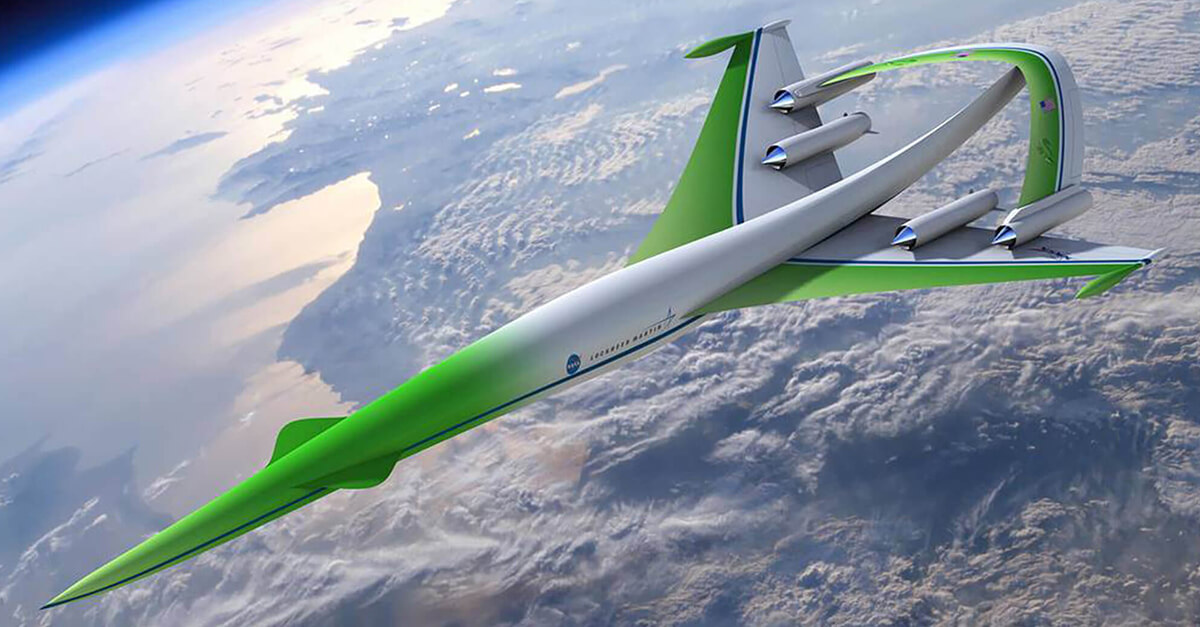
April 2, 2020
NBAA welcomes the publication of an NPRM regarding noise certification of supersonic airplanes as the next step in the development of innovative airframe and powerplant technology that will benefit the aviation industry, said Stewart D’Leon, NBAA’s director of technical operations.
Without the proposed standards, development of new supersonic aircraft would be stymied. Excepting the Concorde-specific requirements issued in 1978, today’s Part 36 noise certification requirements do not include supersonic airplanes. As the new NPRM noted, noise regulations must be in place before the FAA can issue a new type certificate.
This NPRM was not unexpected, said D’Leon. NBAA has been involved in a worldwide collaboration to advance supersonic flight.
“In collaboration with the International Business Aviation Council, NBAA is represented at the International Civil Aviation Organization’s Committee on Aviation Environmental Protection, and supersonic noise has been a dominant topic because all of the parties involved want to come to a global agreement that leads to environmentally acceptable and economically viable supersonic airplanes,” noted D’Leon.
Several OEMs are now working on supersonic designs, and the NPRM opens the door to type certification of their designs.
The proposed rule would introduce Supersonic Level 1 (SSL1) airplanes to Part 21 and Part 36 and set their subsonic landing and takeoff (LTO) cycle noise limits. These standards would also “provide noise certification reference procedures” for future supersonic level airplanes. SSL1 airplanes would have a maximum takeoff weight of 150,000 pounds and maximum operating cruise speed of Mach 1.8. The proposal does not allow supersonic operations (and sonic booms) over U.S. land.
The noise limits account for the SSL1 technology and design characteristics that enable long-distance supersonic flight, and fundamentally affects the way they generate noise. SSL1 airplanes would be quieter than the Stage 4 limits that define most subsonic jets today, but they would be louder than current Stage 5 for the same aircraft weights. Using a variable noise-reduction system for certification would require its use during normal operations.
NBAA will submit detailed comments on the NPRM after association officials examine the specifics and weighs them against the ever-advancing technology of supersonic flight, said D’Leon.


 International Business Aviation Council Ltd.
International Business Aviation Council Ltd.